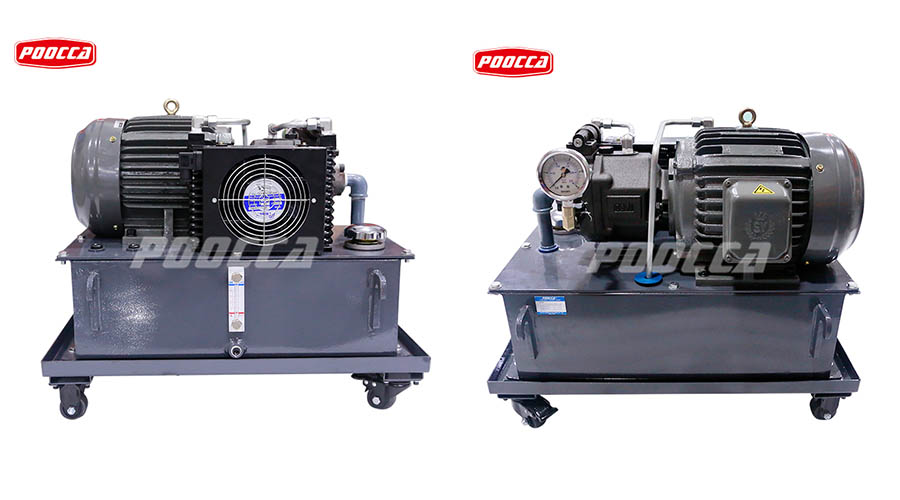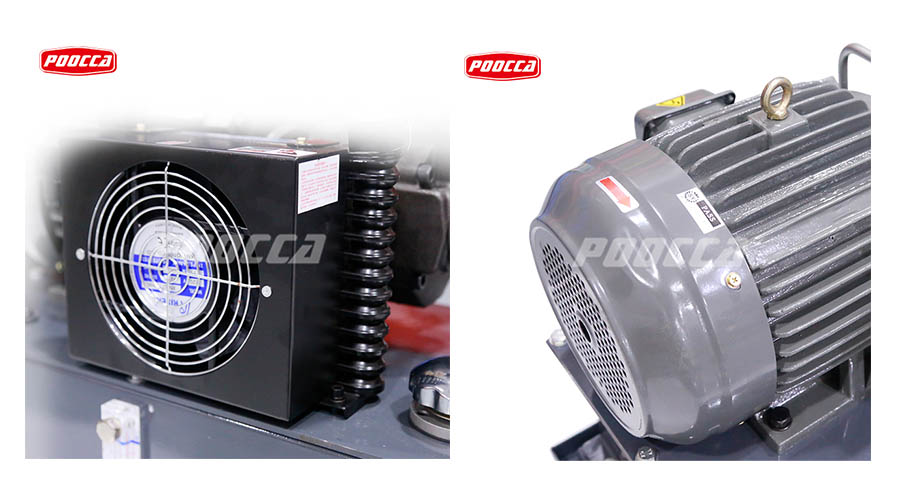In the realm of hydraulic systems, the hydraulic power pack plays a pivotal role in providing the necessary energy to drive various hydraulic components and equipment. This comprehensive news article aims to explore the intricacies of hydraulic power packs, their components, functionalities, and applications in diverse industries.
Understanding Hydraulic Power Packs:
Definition and Function: Unravel the core essence of hydraulic power packs, which are self-contained units designed to generate and control hydraulic power.
Components and Construction: Delve into the key components of hydraulic power packs, including reservoirs, pumps, valves, and accumulators.
Types of Power Packs: Explore various types, from standard power packs for general applications to custom-built units for specialized industries.
Functionality and Working Principles:
Hydraulic Pump: Analyze the role of hydraulic pumps in pressurizing fluid and driving the hydraulic system.
Valves and Controls: Examine the function of valves and control mechanisms in regulating fluid flow and pressure.
Accumulators: Understand how accumulators store energy and contribute to the efficiency of hydraulic systems.
Filtration and Cooling: Explore the importance of filtration and cooling systems in maintaining hydraulic fluid quality and system performance.
Applications in Different Industries:
Industrial Machinery: Highlighting the use of hydraulic power packs in machine tools, metalworking, plastic molding, and other industrial applications.
Mobile Equipment: Exploring how hydraulic power packs power hydraulic systems in construction equipment, agricultural machinery, and material handling.
Aerospace and Defense: Investigating specialized hydraulic power packs in aviation and military equipment.
Automotive: Analyzing the application of hydraulic power packs in automotive systems like power steering and suspension.

Customization and Integration:
Tailored Solutions: Discussing the process of customizing hydraulic power packs to suit specific industrial needs and challenges.
Integration with Hydraulics Systems: Understanding how hydraulic power packs seamlessly integrate with complex hydraulic systems.
Efficiency and Environmental Impact:
Energy Efficiency: Addressing the importance of energy-efficient designs and components in hydraulic power packs.
Sustainability: Examining advancements in hydraulic power packs to reduce environmental impact and enhance sustainability.
Maintenance and Safety:
Preventive Maintenance: Outlining the best practices for ensuring the longevity and optimal performance of hydraulic power packs.
Safety Measures: Emphasizing safety protocols and precautions during installation, operation, and maintenance.
Future Trends and Innovations:
Electrification and Automation: Discussing the emergence of electric-driven hydraulic power packs and automation in the industry.
Smart Monitoring and Diagnostics: Exploring the integration of IoT technologies for remote monitoring and predictive maintenance.
Conclusion:
hydraulic power packs form the backbone of numerous hydraulic systems across industries, providing efficient and reliable energy to power a wide array of machinery and equipment. As technology advances, the integration of smart features and sustainable practices will further shape the future of hydraulic power packs, ensuring enhanced performance, safety, and environmental responsibility.
Post time: Aug-03-2023





